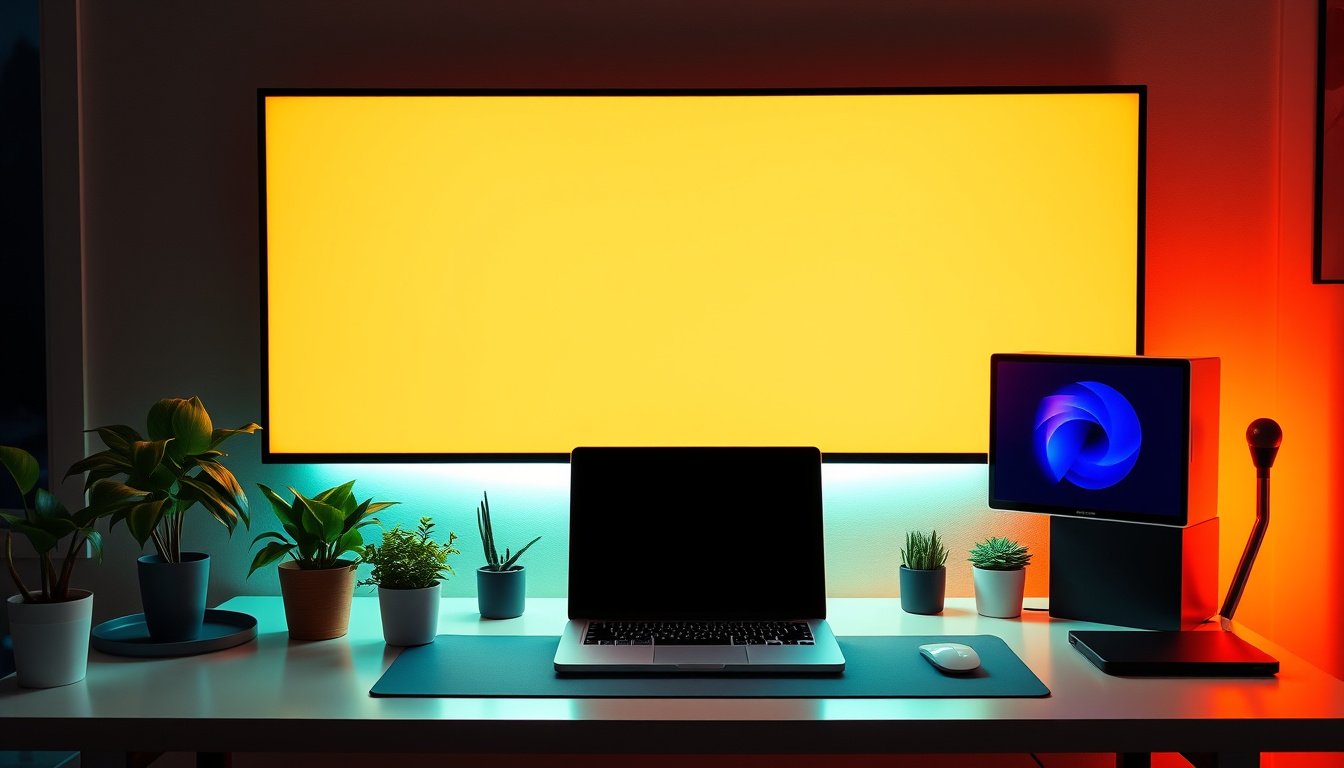
In an age where we spend countless hours in front of screens, the importance of reducing eye strain and enhancing visual experience can’t be overstated. One of the most sought-after solutions in recent years is dark mode—a display setting that switches the color scheme of your interface to darker tones. This guide explores how to use dark mode effectively, the benefits it brings, and how developers can implement it seamlessly in applications.

What is Dark Mode?
Dark mode is a user interface option that changes the background color to dark shades such as black or dark gray, while text and icons typically become light-colored. It is increasingly popular across websites, applications, and operating systems due to its visual appeal and practical benefits.
Benefits of Using Dark Mode
1. Reduced Eye Strain
Bright screens can cause discomfort, especially in low-light environments. Dark mode reduces the overall luminance emitted by screens, which minimizes eye fatigue and helps prevent headaches associated with prolonged screen use.
2. Improved Readability in Low Light
The contrast offered by light text on a dark background improves readability when ambient lighting is low, making dark mode ideal for evening or night use.
3. Battery Saving
For OLED and AMOLED screens, dark mode can extend battery life because pixels producing black or darker colors consume less power compared to bright ones.
4. Aesthetic Appeal
Dark themes offer a sleek, modern look that many users find visually appealing. They can give applications and websites a sophisticated vibe that aligns well with nighttime or minimalist design preferences.
How to Use Dark Mode as an End User
Most modern devices and applications have integrated dark mode settings accessible via the system preferences or app-specific menus.
- On smartphones and desktops: You can toggle dark mode through system settings, often found under Display or Accessibility options.
- Within individual apps: Many apps provide switches to enable dark mode inside their own settings, independently from the system settings.
- Auto-switching: Systems like macOS, Windows, iOS, and Android support automatic dark mode that activates based on the time of day or ambient light sensors.
Implementing Dark Mode in Web Applications
For developers building web applications, enabling dark mode requires a careful approach to both design and functionality. One popular approach in React applications is using a custom hook like use-dark-mode, which facilitates the toggling and maintenance of dark mode state.
Key Features of use-dark-mode React Hook
- Persistent User Preference: Stores the user’s dark mode choice in localStorage, preserving it across sessions and browser tabs.
- Initial System Preference Detection: Queries the operating system or browser’s preferred color scheme to set dark or light mode by default.
- Flexible Application: Allows toggling a CSS class (defaulting to
dark-mode) on a specified DOM element, often the<body>, to switch themes. - Custom Handlers: Provides options for custom handling of dark mode changes for advanced use cases.
- Transition Support: Smoothly transitions between light and dark modes to avoid jarring visual changes.
Example Usage
Here’s a conceptual snippet showcasing the implementation of a dark mode toggle in a React component using the use-dark-mode hook:
import React from 'react';
import useDarkMode from 'use-dark-mode';
function DarkModeToggle() {
const darkMode = useDarkMode(false);
return (
<div>
<button onClick={darkMode.disable}>☀️</button>
<button onClick={darkMode.toggle}>Toggle</button>
<button onClick={darkMode.enable}>🌙</button>
</div>
);
}
export default DarkModeToggle;
This simple interface provides controls to enable, disable, or toggle dark mode, with the visual state stored and reapplied upon revisiting the app.
Avoiding the "Flash of Light"
One UX challenge is the "flash of light" that can occur when a page loads in light mode before dark mode settings take effect. Developers often embed small JavaScript snippets in their HTML to check and apply the preferred theme early in the page load process, ensuring a smooth and consistent experience.
Best Practices When Using Dark Mode
- Maintain Sufficient Contrast: Ensure that text and interactive elements are legible against the dark backgrounds.
- Test Across Devices: Different screens can render colors variably; test dark mode on multiple devices for consistency.
- Respect User Preferences: Support automatic prefers-color-scheme queries to honor system-wide settings.
- Provide Manual Controls: Offer easy ways for users to switch modes regardless of their system defaults.
- Mind Accessibility: Consider users with visual impairments by adhering to accessibility guidelines relating to contrast and readability.
Conclusion
Dark mode is more than just a visual style—it is a practical, user-friendly feature that enhances comfort and usability in digital interfaces. Whether you are a user looking to reduce eye strain or a developer aiming to create a modern UI, embracing dark mode offers tangible benefits that improve the overall experience. By understanding how to implement and utilize dark mode thoughtfully, you can enjoy the night without compromising on clarity or style.
Embrace dark mode today and transform your digital experience into a more comfortable, aesthetically pleasing journey through the night!









